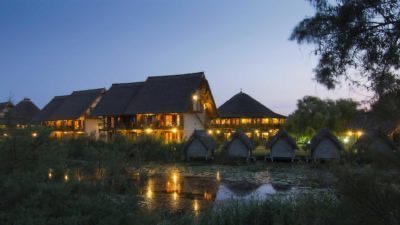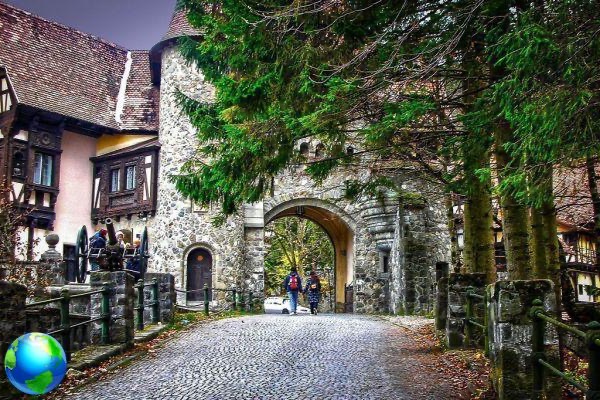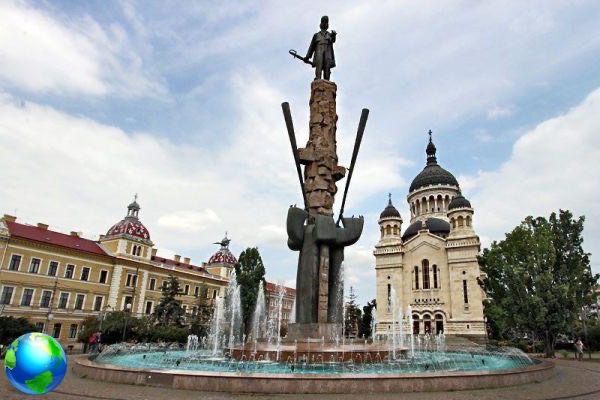A trip to Romania, also called the Paris of the East, from Bucharest to Brasov to see the Castle of Count Dracula, from the Monasteries of Bucovina to Transfagarasan.
It is one of those decisions you make overnight, with a flight on offer and then off to the discovery of a nation, the Romania, unfortunately still little known for what beauty it has to offer.
A nation that - after years of communism - is slowly emerging in Europe as a member and as a new tourist destination, albeit with difficulty, as the population does not yet play an active role in the tourism economy.
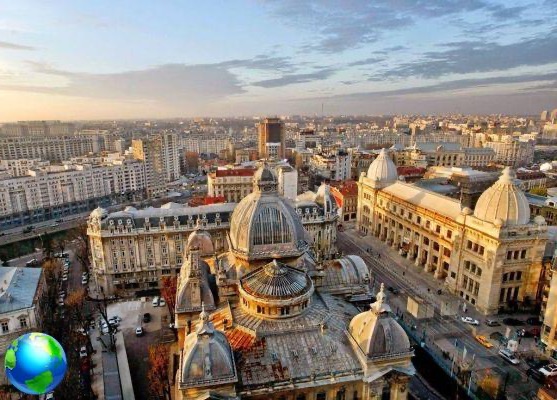
Bucharest
It was January and it was the second time I flew to Eastern Europe but I did not remember those fascinating mountains, similar to small pandora sweetened by powdered sugar.
Once I landed, it was the snow that welcomed me. A cold but at the same time sweet welcome, which immediately led me to discover the center of the capital.
It was easy to reach the center of Bucharest from the airport of Otopeni - Henri Coanda. The Express 783 bus in fact it leads directly to Piata Unirii, from whose clock every day at 3 pm the tour of the historic center begins, organized for free by Bucharest Walkabout.
Bucharest is particular, it is contradictory, it is one of those cities that leaves you speechless, capable in its style of evoking the communist era with its spaces characterized by huge barracks and that suggestively romantic air of the streets of the center, which recall the Parisian Belle Époque (this will be why they call it the Paris of the East?).
They deserve to be seen Poporlui house, the largest building after the Pentagon, which now houses the Parliament, the university district, Calea Victoriei, the Cretulescu Church and Piata Roma with its Capitoline Wolf.
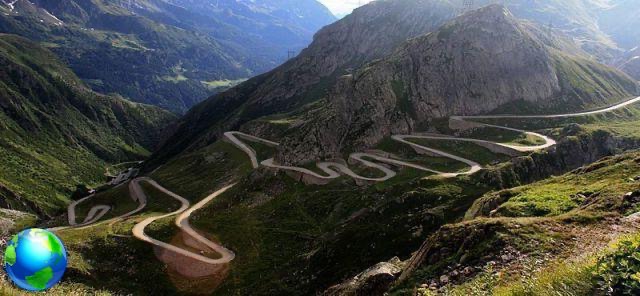
Transfagarasan
Many associate the word Romania with the binomial Bucharest and vampires, but this - it will be trivial to say - is only a cliché. Its territory offers splendid landscapes, valleys, mountains and natural reserves that alternate along one of the roads considered among the most beautiful in Europe, the Transfagarasan, built for strategic military purposes.
Often this road is traveled to reach the glacial lake Balea, a mirror of an oasis of peace and refreshment in summer.
Near the lake there is a curious hotel, a ice hotel, which offers various services. Have you ever thought for example of get married in an ice church? Because here you could do it!
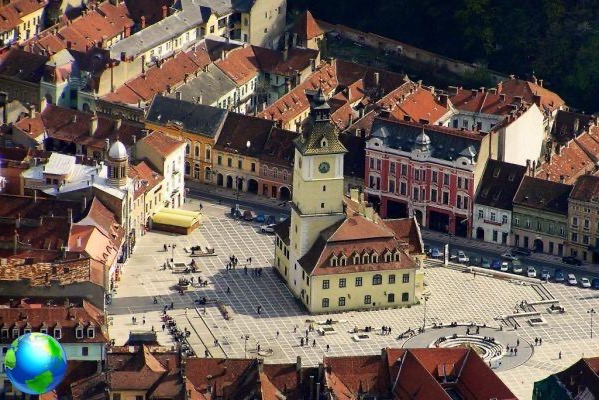
Brasov
A few hours of train from Bucharest, and 25 km from the city of Bran, is one of the most interesting attractions for those who love the Gothic, I mean the Castle of Count Dracula. If Bucharest is famous for having one of the largest squares in Europe (Piata Unirii), Brasov is home to one of the smallest squares, Strada Sforii, initially used as an access route by the fire brigade.
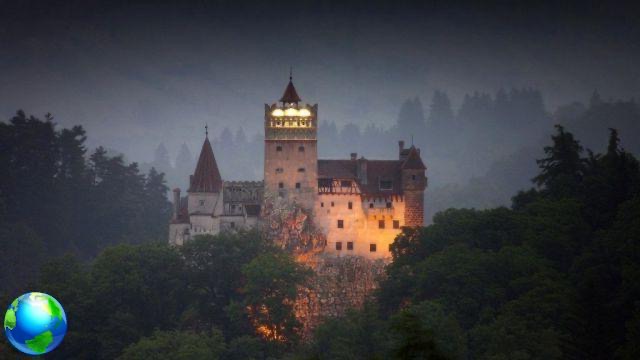
Sigisoara
UNESCO World Heritage Site. The many alleys, the steps, the hidden squares, the colorful houses, the bastions and the numerous towers characterize this medieval village, birthplace of Vlad Tepes, The Impaler, who inspired Bram Stoker, in the creation of the character of Count Dracula.

Monasteries of Bucovina
One of the most recurring observations during the trip was to note the devotion and practice of the Orthodox faith from the people. There are many churches, even at the airport.
But it is the region of the Bucovina to be really rich, full of monasteries, among all one elected World Heritage Site by Unesco, the Sistine Chapel of the East, the church of Voronet Monastery, thus defined thanks to the representation of the Last Judgment.
The area around Marginea is also famous for the production of black pottery (you will find a lot of souvenirs made with this material).
After returning, many were surprised.
I consider it a educational journey, one of those that pushes you to leave without a real motivation, but because you need it.
Maybe I just needed to go and come back different, with different eyes and another mind, probably more open and closer to our now neighbors.




